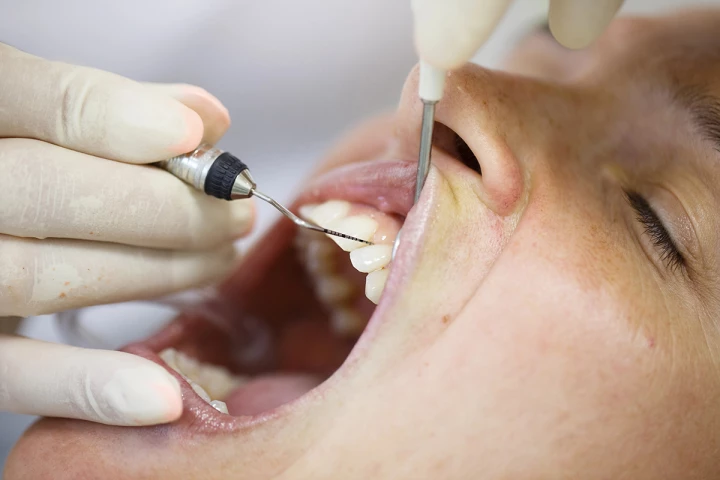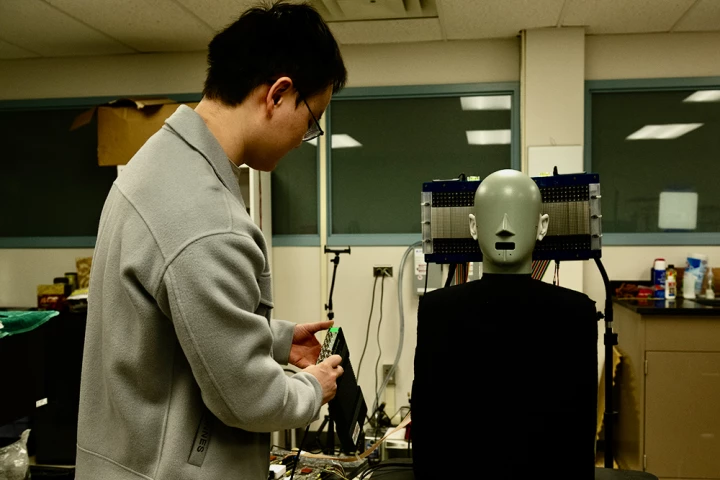Ultrasound
-
The new “stingraybot” from a team at ETH Zurich (the Federal Institute of Technology of Switzerland) offers enormous promise for surgery, medical care, wildlife biology, robotics, and more, thanks to muscular membranes of microbubbles.
-
How do you send drugs to specific parts of the body so they do their job and avoid causing side effects elsewhere? According to researchers at Stanford University, the answer is a combination of nanoparticles, a pulse of ultrasound, and sugar.
-
Researchers at the University of Buffalo are hoping to make breast cancer screening easier and quicker than ever before, with a detection technique that only requires patients to press up against a window for a minute to get accurate results in 3D.
-
When it comes to dental checkups, no one likes having their gums poked with the periodontal probe. Well, they may soon no longer have to, thanks to a gum-assessing toothbrush-shaped mini ultrasound transducer.
-
Imagine being able to listen to music or other audio that no one else can hear, without having to wear headphones. Doing so is now possible via so-called "audible enclaves," which already exist in functional prototype form.
-
The treatment of kidney stones could soon be getting much faster, easier, and safer. Scientists have devised a method of non-invasively tearing the objects apart, using what are known as "acoustic vortex beams."
-
Using ultrasonic waves and a salt bath, a research team has altered the surface of glass. The brand-new method may lead to glass made without the use of harsh chemicals for self-cleaning windshields, germ-busting surfaces, or maybe even better beer.
-
Electricity is chaotic, and we normally need to constrain it to wires and circuits to make use of it. Scientists in Europe and Canada have now managed to guide sparks through thin air and even around obstacles using ultrasound waves.
-
A new kind of cancer gene therapy can be remotely activated at a specific part of the body. The team developed a version of CRISPR that responds to ultrasound, and demonstrated how it can be used to clear cancer in mice.
-
Last year, xMEMS Labs embarked on a mission to replace legacy coil-based speakers in wireless ANC buds with silicon-based solid-state micro-speakers. Now the company has a new full-range flavor for open-fit earphones.
-
You might not hear it, but rodents are known to speak to each other in voices so high-pitched that human ears can’t pick them up. Now scientists have found that these vocalizations might have a second purpose – they help them smell better.
-
It's always best if farmers can detect drought stress before crop plants become wilted, weakened and lower-yielding. An experimental new portable device could help in that regard, as it uses ultrasound to spot such stress in its earliest stages.
Load More











